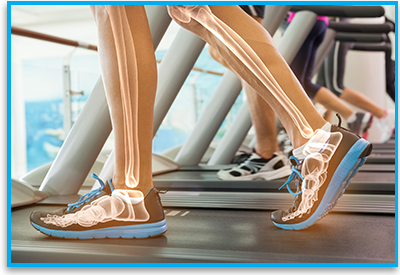 I don’t know about you but I feel my feet are a very important body part.
I don’t know about you but I feel my feet are a very important body part.
When my feet feel good, so do I. I have my favorite shoes that help make my day. It only makes sense that if your shoes are not supporting you, or you have foot and ankle pain, the repercussions are not comfortable. Not all of us have perfect feet where we can stand all day, run miles and miles, and so on. To help us stand and walk for hours, we may need the assistance of arch supports. They can compensate for a number of common foot and ankle problems, and even knee and the hip problems.
You may not think even about it, but when you walk your foot goes through a series of mechanics and rotations. Your foot first hits the ground with the heel towards the outside and the weight moves forward as the foot makes full contact with the ground. When you push off, the weight is on the front of the foot with the big toe helping to push off. Sometimes, the foot will come down normally on the outside of the heel, but when the weight moves forward the foot continues to collapse on the inside and rolls in. This is where a problem starts, as this can cause a number of common problems from Achilles tendon (pain at the back of the heel) to plantar fasciitis (where the pain is on the sole of the foot on the heel bone). Sometimes the muscles in the inside arch attempt to hold the arch up and become overpowered. This can result in tendon pain.
This dysfunction can lead to further complications with your body. When the foot collapses on the inside arch, this can rotate the leg in towards the middle affecting the knee and the hip as well. They may become painful as they try to compensate.
You can see that the mechanics of the foot are very important, and if the arch is not working correctly it can an affect a number of structures. If you have any concerns about whether your foot, ankle, knee, hip or lower back problems are related to your feet, you should seek out your local FYZICAL therapist who is trained in diagnosing these conditions and can evaluate the need for arch supports.